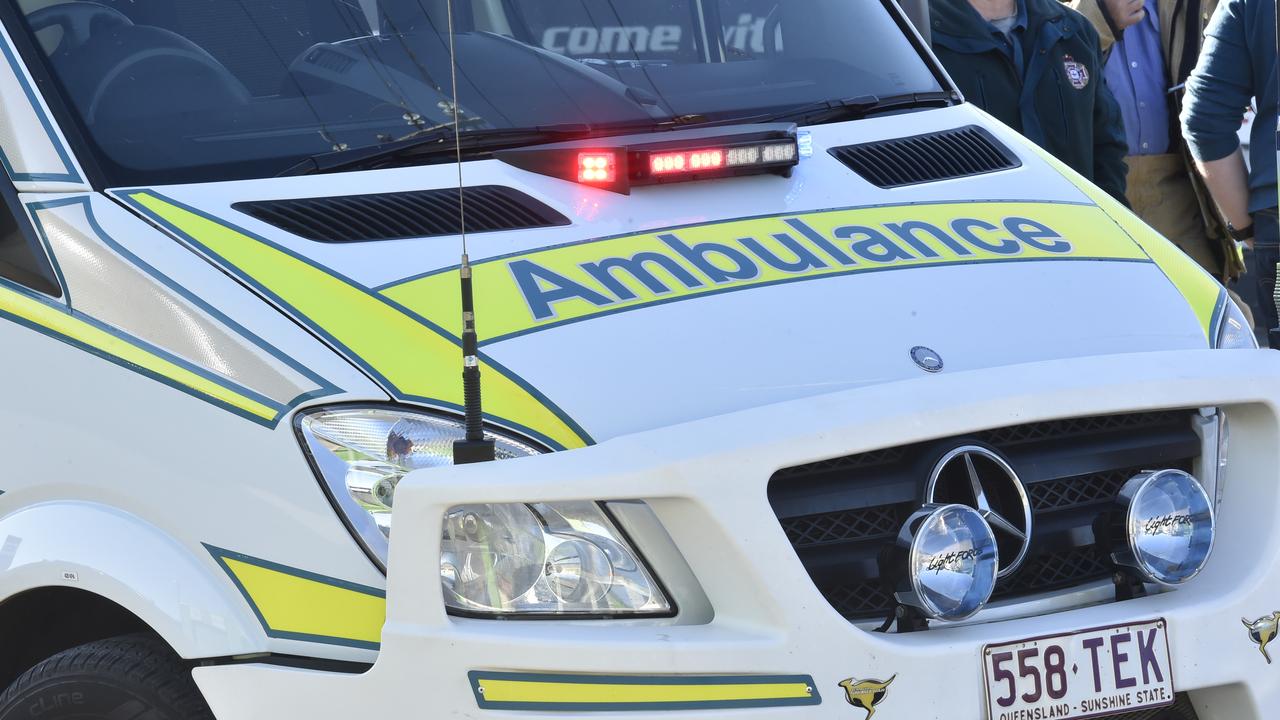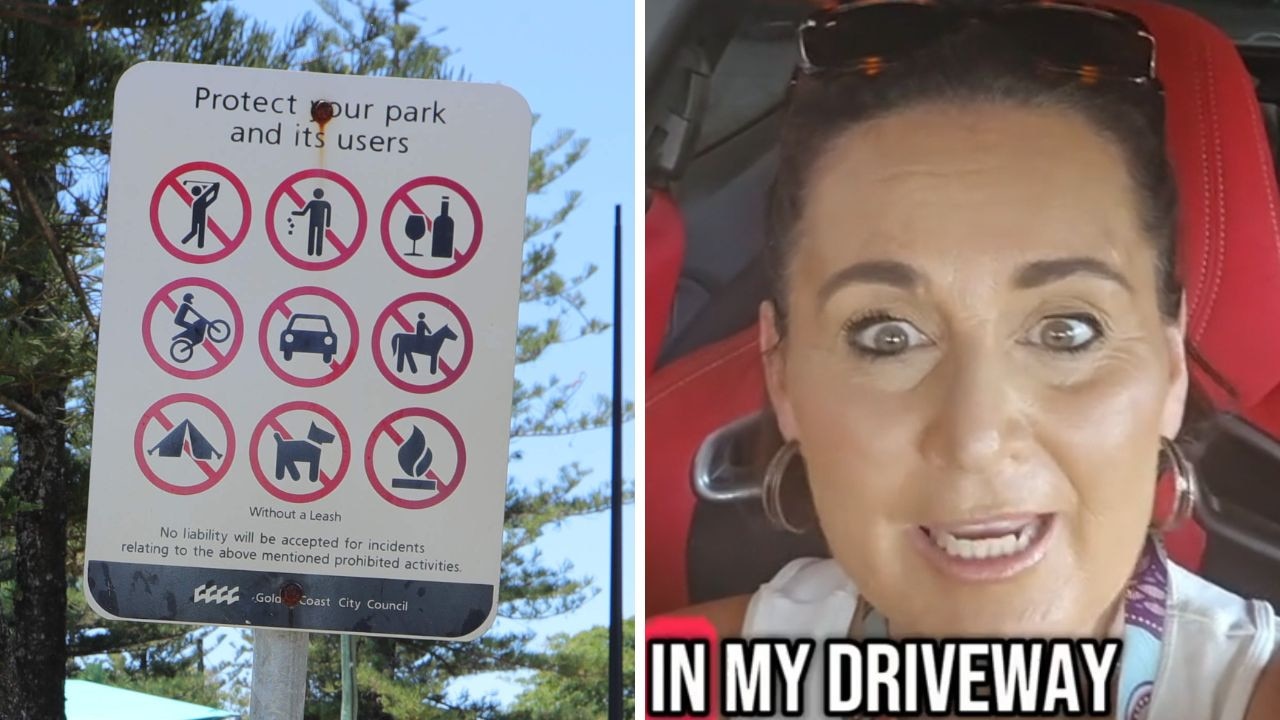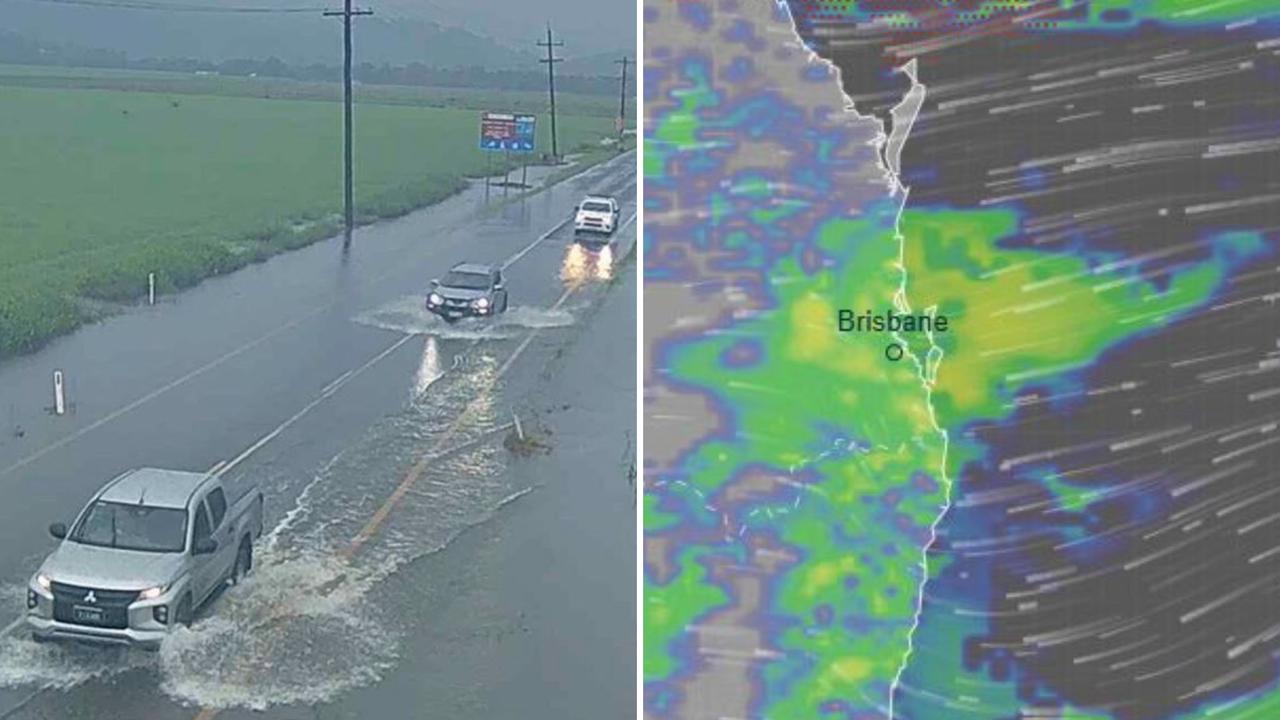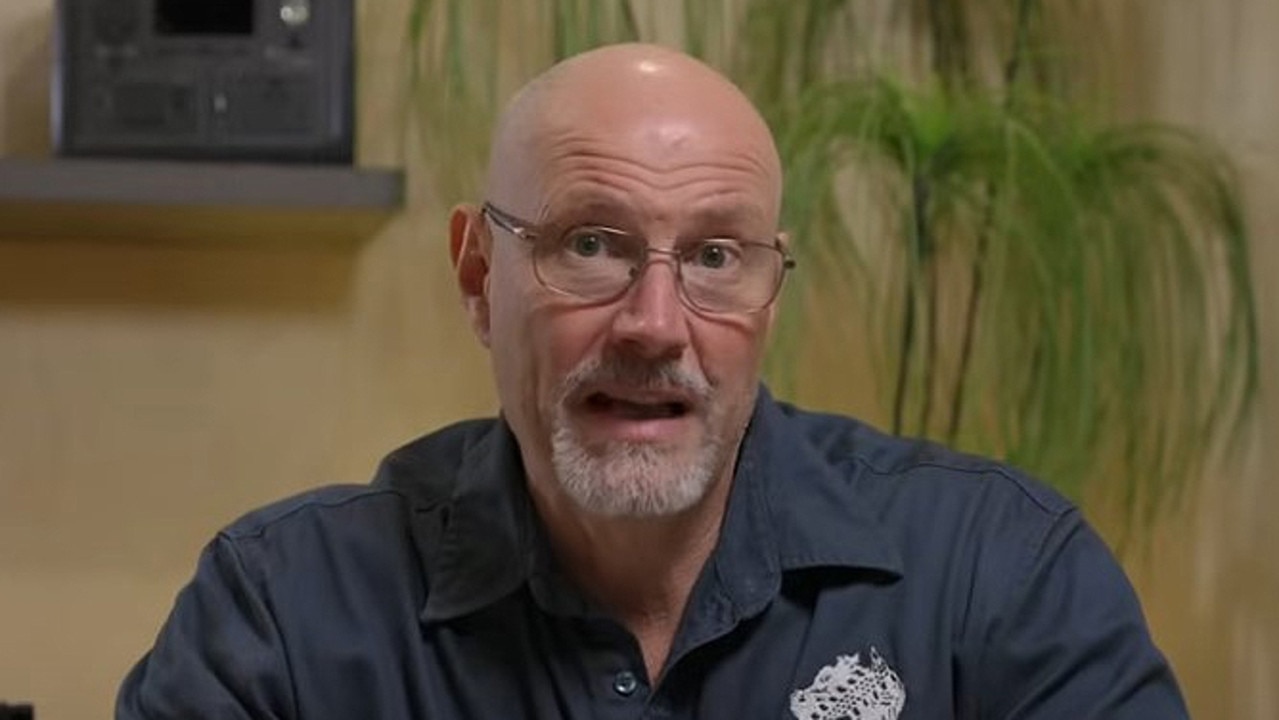How drone mustering business SkyKelpie is taking ag-tech world by storm
This farmer is spearheading a major shift in the livestock industry, with his invention taking the mustering world by storm.
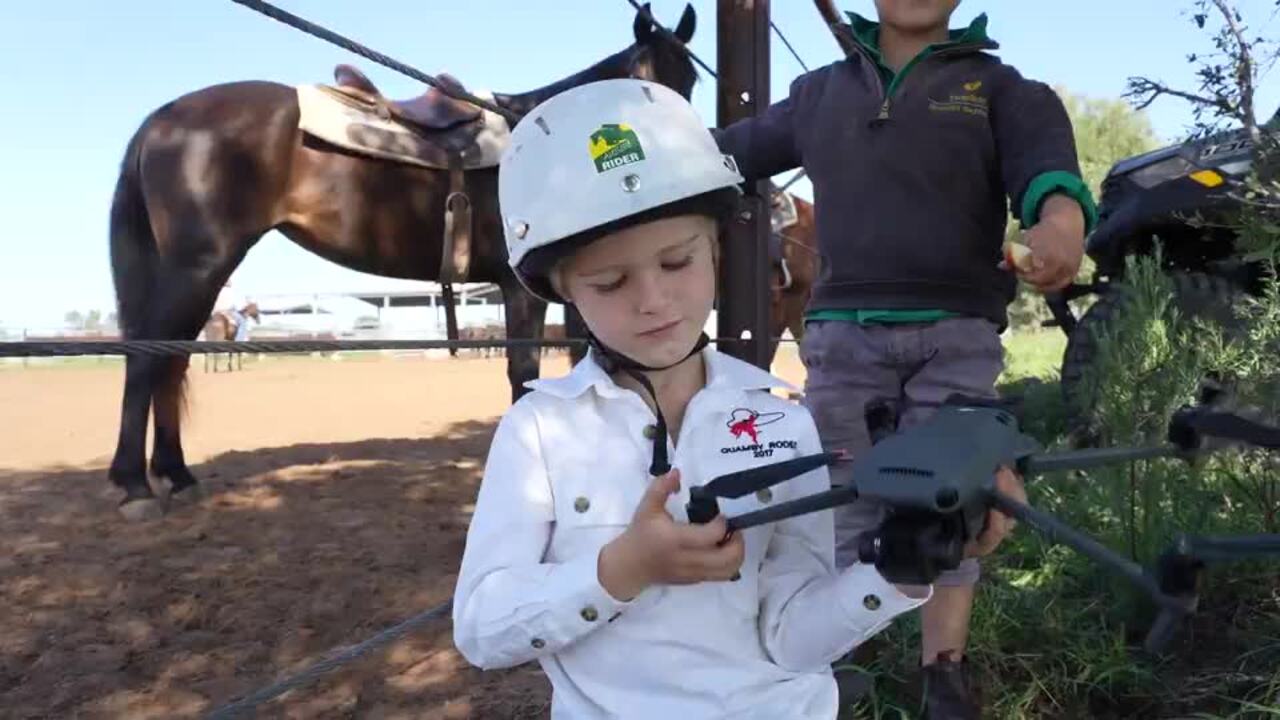
QLD News
Don't miss out on the headlines from QLD News. Followed categories will be added to My News.
A Queensland farmer is spearheading a major shift in how livestock are mustered with a ‘dog in the sky’ effectively making helicopters, quad bikes and other traditional mustering techniques obsolete.
Fourth-generation northwest Queensland grazier Luke Chaplin has developed the new ag-tech SkyKelpie, which uses drones for mustering.
With more than 300,000 livestock already managed for a fraction of the previous cost, it is rapidly changing the industry.
Mr Chaplain, of Cloncurry, said he began experimenting with drone mustering before the Covid pandemic, and the idea has since turned into a commercial success.
“My first drone was a little red one from Hong Kong that did backflips — but it didn’t work very well. I crashed it pretty quickly,” Mr Chaplin said.
“But I kept upgrading, and over time, I started seeing real success on my property.”
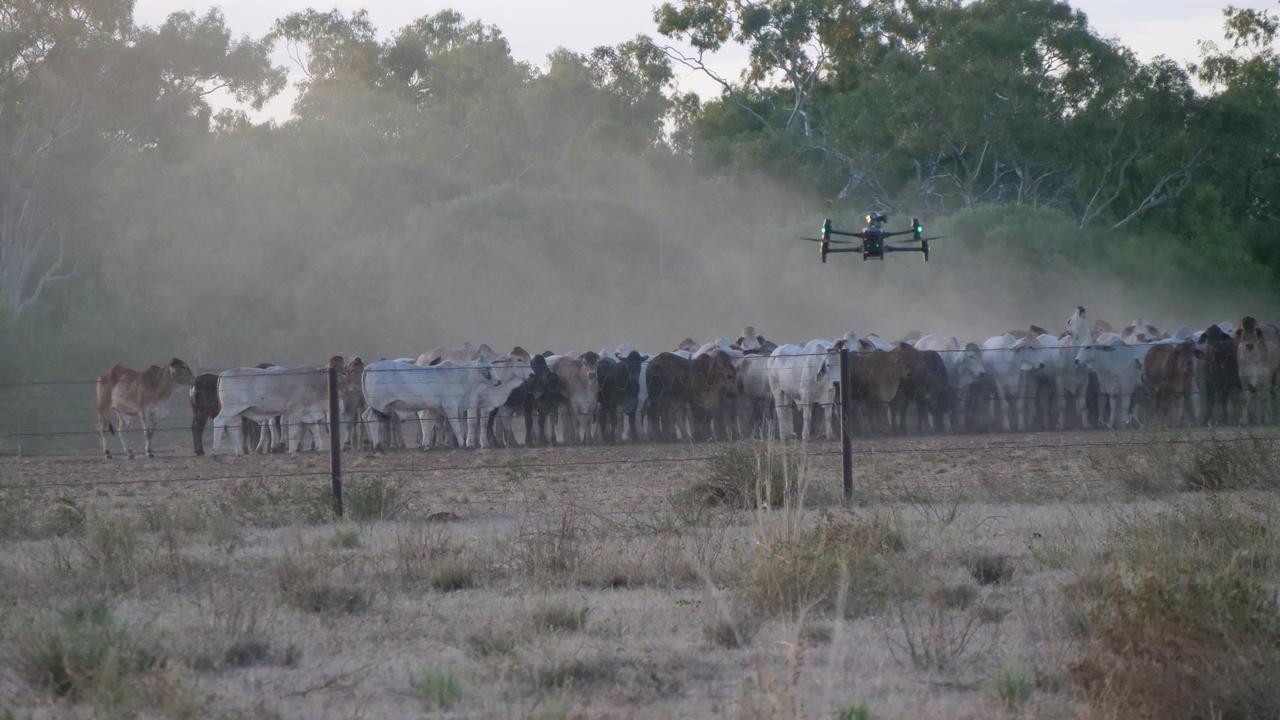
After years of trial and error, Mr Chaplin secured support from the Queensland Government and Meat & Livestock Australia to scale up his vision with large-scale trials.
Since then, SkyKelpie has grown to support around 80 active customers across Australia, providing them with the technology and training needed to implement drone mustering.
The numbers speak for themselves
Over 300,000 head of livestock have been managed using drones through SkyKelpie’s customers.
The return on investment (ROI) for replacing helicopters with drones has reached up to 251 per cent, depending on the case.
The cost of drone technology varies from $2,000 to $20,000, allowing farmers to choose solutions that match their needs and budgets.
At 35, Mr Chaplin is leading the charge in making quad bikes, motorcycles, buggies, and helicopters obsolete for mustering.
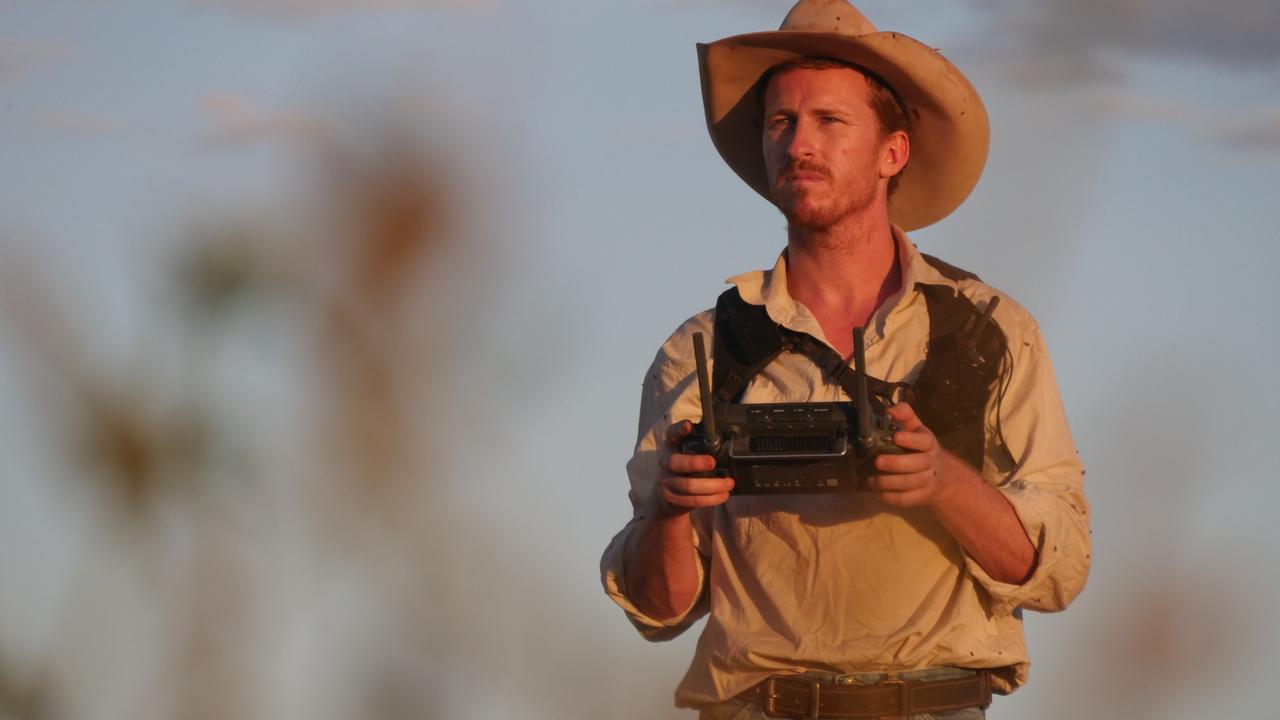
These traditional methods, he explains, are not only costly but also risky due to unpredictable terrain.
“Whenever you put pressure on cattle in the paddock, they naturally move toward their watering point,” Mr Chaplin said.
“That’s where helicopters used to come in. But now, drones are proving to be incredibly effective in covering vast landscapes and guiding livestock efficiently.”
He said the animals often felt uneasy during their first drone encounter but, over time, became accustomed to its presence.
The movement of the drones - either behind or in front of the herd - naturally guides the animals in the desired direction.
At night, the drones utilize heat-sensing technology to detect the animals’ thermal signatures, allowing for accurate herd monitoring and management.
The drone operates by being piloted behind a group of cattle to encourage forward movement. Once positioned in front of the herd, it slows them down, effectively controlling their pace and direction.
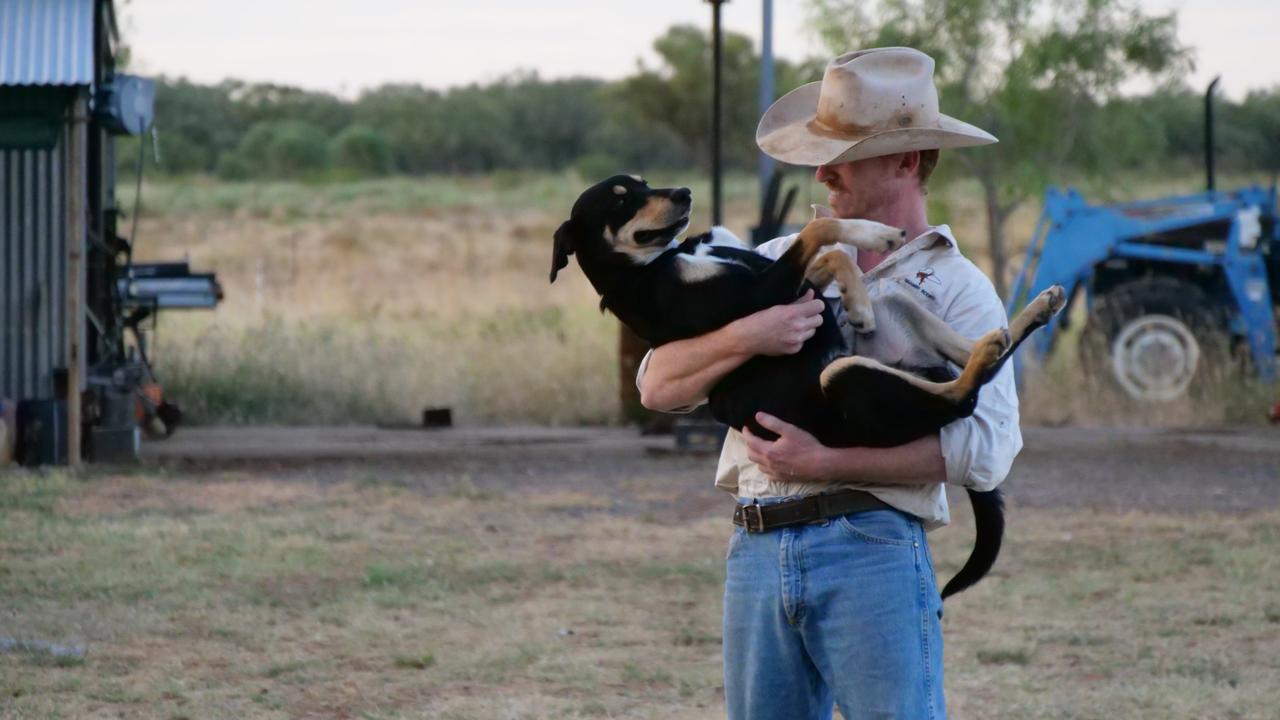
The future of drone mustering
SkyKelpie isn’t stopping at just drone mustering, it’s building an ecosystem for farmers to adopt this technology seamlessly.
The company is developing online training courses to teach farmers how to select and operate drones effectively.
A virtual training simulator is in the works to teach mustering techniques before stepping into the field.
And in collaboration with the Queensland Government, SkyKelpie is pioneering autonomous mustering.
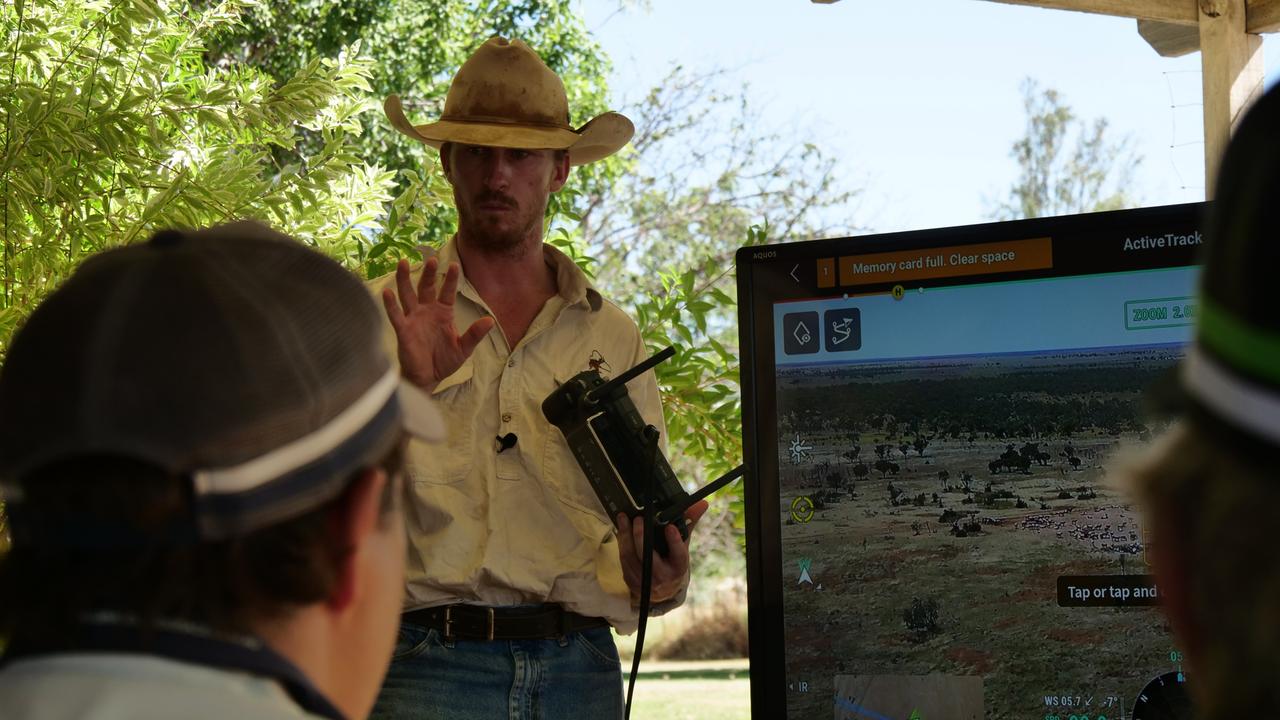
Using artificial intelligence (AI) and image detection, drones will soon be able to identify and locate livestock more quickly and efficiently.
Algorithms are also being developed to enable drones to autonomously manoeuvre and herd animals toward watering points.
Originally published as How drone mustering business SkyKelpie is taking ag-tech world by storm


